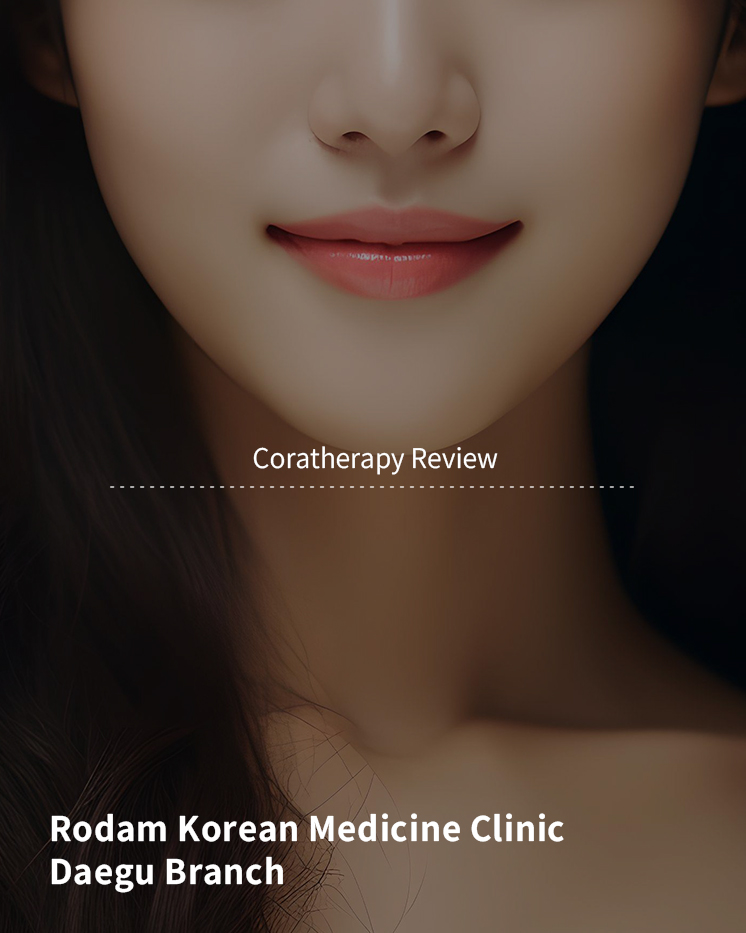
The Doctor of the Korean Medicine Clinic in Daegu experienced pain from Coratherapy! Coratherapy review.
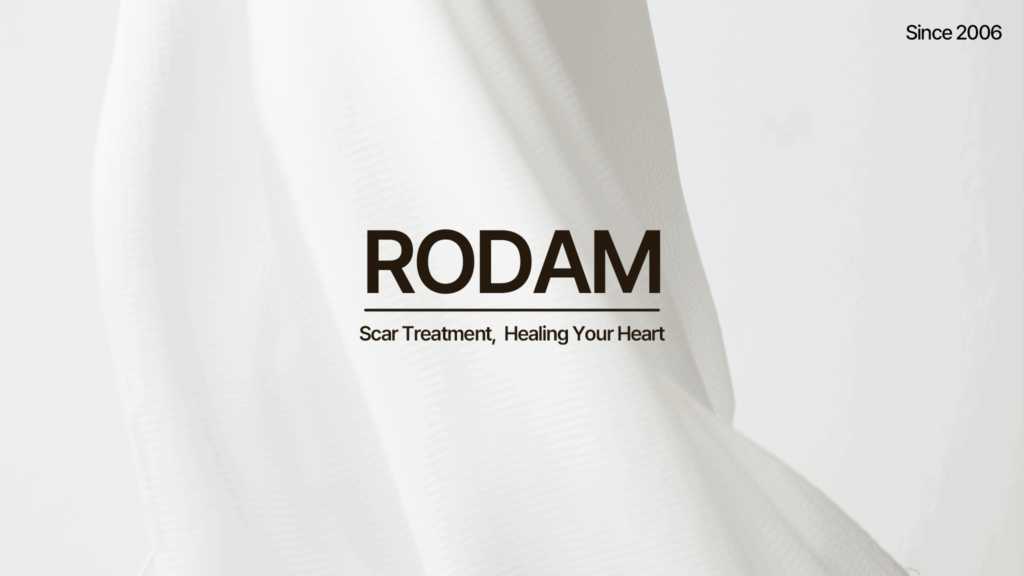
Hello, this is Doctor Yechan Yoo from Rodam Korean Medicine Clinic Daegu branch.
The most common question people have about Coratherapy, which is effective for scar treatment, is about the pain.
Many people assume it will hurt because it involves needles,
and some are curious about how it compares to laser treatments.
So today, I would like to talk about the pain associated with Coratherapy, which many people are curious about.

How does the pain from Coratherapy actually feel?
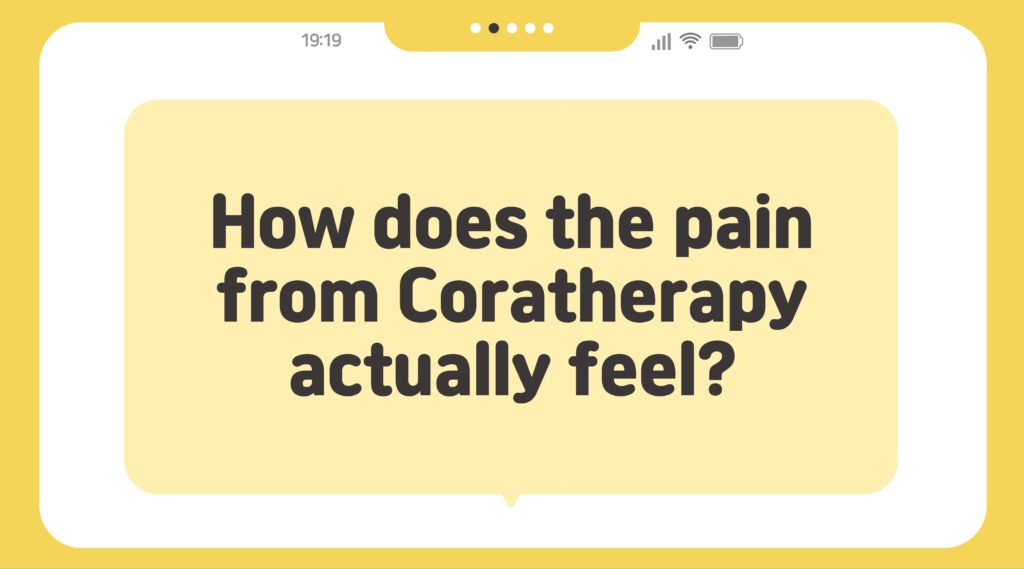
First, let me briefly explain Coratherapy.
Coratherapy is a procedure that uses needles to break down adhered tissues under the skin and activates the skin’s natural regenerative power,
encouraging new skin to fill in depressed scars.
It is effective for treating acne scars, chickenpox/shingles scars, surgical scars, and other depressed scars.
Sometimes, when I explain to patients that the procedure involves breaking down adhered tissues,
they get scared.
Since it involves micro-stimulation to the skin, you may feel a slight pricking sensation,
but because numbing cream is applied before the procedure, the pain is not significant.
Especially when performed by experienced medical professionals, the pain can be minimized,
making the procedure manageable.

Comparison of pain with other procedures and pain by treatment area
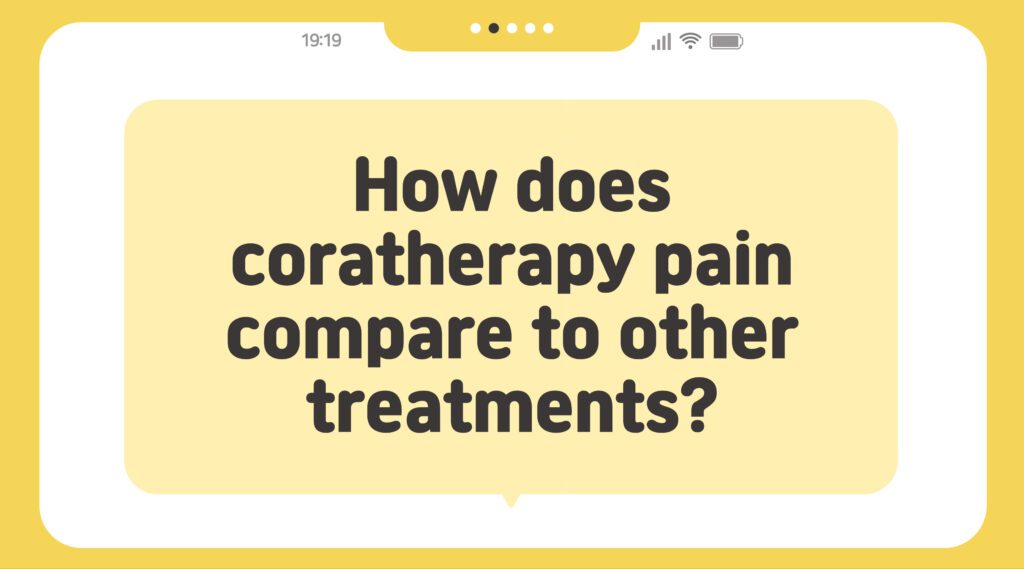
The pain from Coratherapy is relatively less compared to other skin procedures.
For example, when compared to laser hair removal,
areas like the philtrum or chin, which have a high density of hair,
are more painful than Coratherapy,
while areas like the cheeks or forehead, which have no hair,
are less painful than Coratherapy.
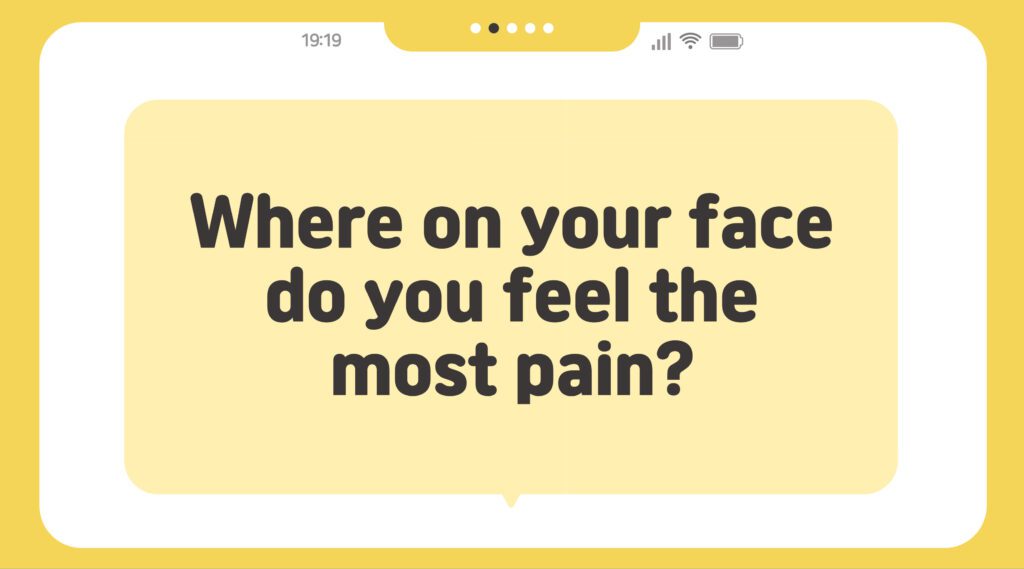
The pain also varies depending on the treatment area.
For instance, areas with thin and sensitive skin,
such as the forehead or around the eyes, may feel slightly more painful.
On the other hand, areas like the cheeks or chin are relatively less painful.
This is due to differences in skin thickness and nerve distribution,
and you can receive more detailed guidance about the characteristics of each area by consulting with your medical professional before the procedure.

Finally, I would like to say something to those considering Coratherapy.
Based on my personal experience, the pain felt during the procedure
was tolerable compared to the skin regeneration effects.
So, if you are considering Coratherapy,
I recommend focusing more on the effects and results rather than the fear of pain.
I hope today’s post has been helpful for those considering Coratherapy,
and if you need more detailed information, please visit the ‘Rodam Korean Medicine Clinic’ YouTube channel.


